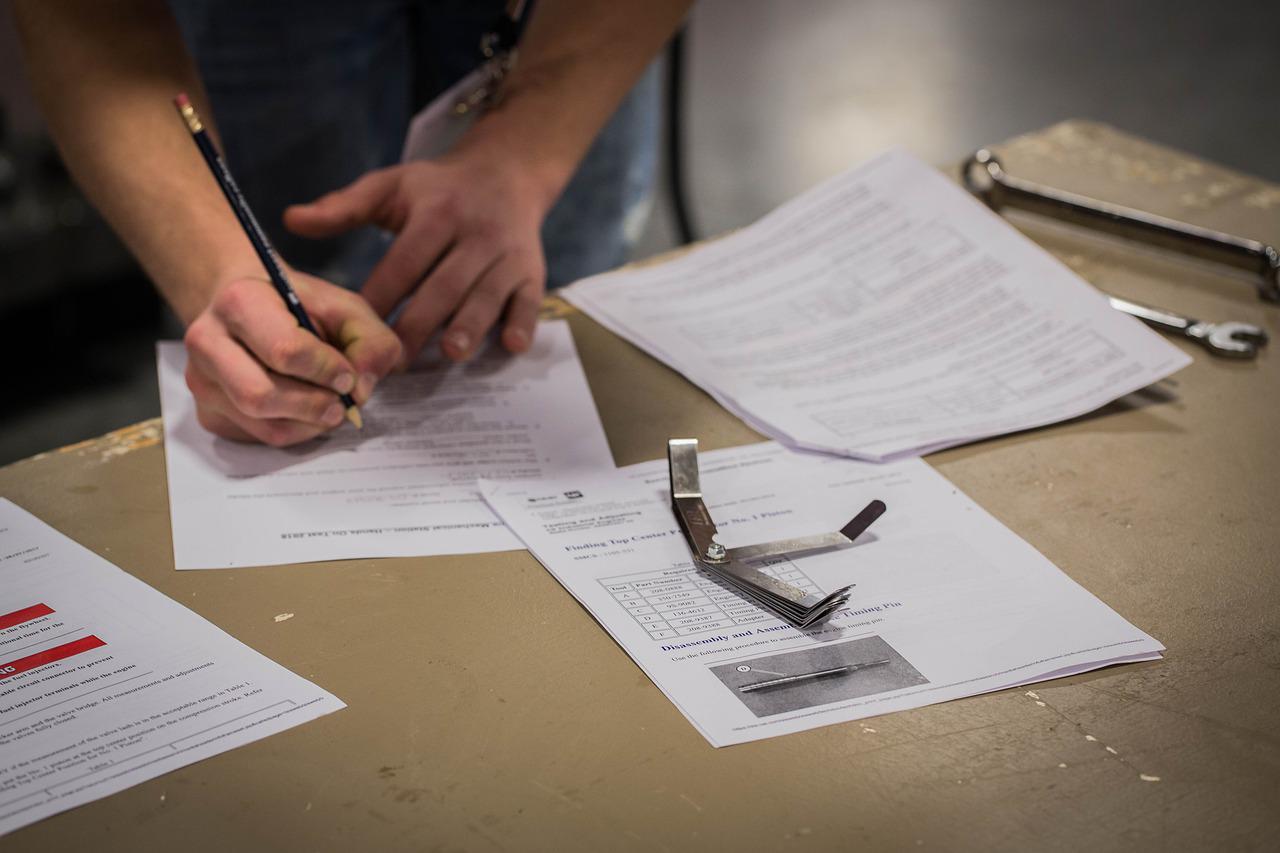Fahrenheit 451 Study Guide
Author Context:
Fahrenheit 451 was written by Ray Bradbury, an American science-fiction writer who was born on August 22, 1920, and passed away on June 5, 2012. He was a prolific writer, having authored more than 500 works, including novels, short stories, and plays. Bradbury was known for his imaginative storytelling and his ability to create vivid and memorable worlds in his writing. Fahrenheit 451 is one of his most well-known works and is considered a classic of the science fiction genre.
Historical Context:
Fahrenheit 451 was published in 1953, during a time of political and social upheaval in the United States. The Cold War was in full swing, and the threat of nuclear war was very real. The novel reflects the fears and anxieties of the time, as well as the growing concern about censorship and government control. In addition, the rise of television and the decline of reading as a leisure activity was a major concern for Bradbury and is reflected in the novel.
Key Themes:
- Censorship and Government Control: The novel portrays a society where books are banned and the government has complete control over what people can read, watch, and think. This theme raises important questions about the role of government in regulating information and the dangers of censorship.
- Importance of Free Thought: The novel emphasizes the importance of individual thinking and the power of ideas to shape the world. The protagonist, Montag, is initially part of the system that suppresses free thought but ultimately comes to value the ability to think and question for himself.
- Alienation and Loneliness: The novel also explores the theme of alienation and loneliness in a society where individuality is suppressed. Many characters, including Montag, feel isolated and alone in a world where everyone is expected to conform to the same set of values and beliefs.
Key Quotes:
- “We need not to be let alone. We need to be really bothered once in a while. How long is it since you were really bothered? About something important, about something real?” – This quote, spoken by the character Faber, emphasizes the importance of being able to think critically and be bothered by the issues that matter.
- “It was a pleasure to burn.” – This opening line of the novel sets the tone for the story and establishes the idea that destruction and violence are celebrated in the society of Fahrenheit 451.
- “We cannot tell the precise moment when friendship is formed. As in filling a vessel drop by drop, there is at last a drop which makes it run over; so in a series of kindnesses there is at last one which makes the heart run over.” – This quote speaks to the importance of human connection and the power of small acts of kindness to create meaningful relationships.
- “Stuff your eyes with wonder, live as if you’d drop dead in ten seconds. See the world. It’s more fantastic than any dream made or paid for in factories.” – This quote, spoken by the character Granger, emphasizes the importance of living life to the fullest and experiencing the wonder and beauty of the world around us.
- “There must be something in books, things we can’t imagine, to make a woman stay in a burning house; there must be something there. You don’t stay for nothing.” – This quote, spoken by Montag, highlights the power of books and the way they can inspire people to take risks and stand up for what they believe in.














